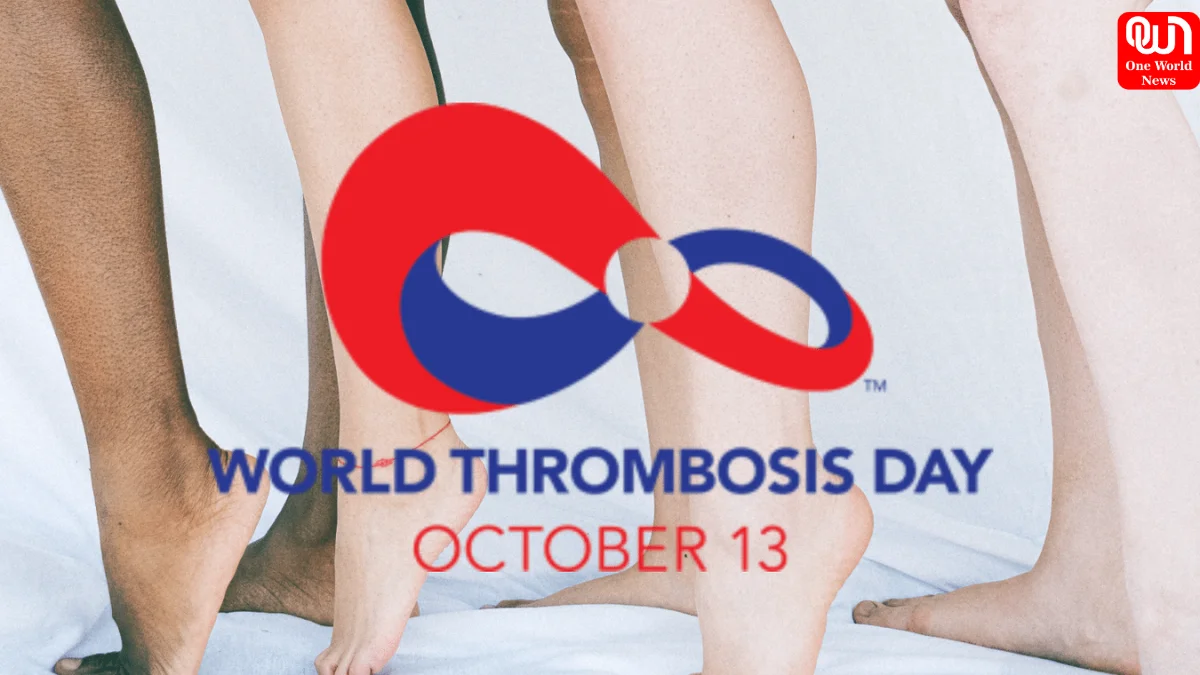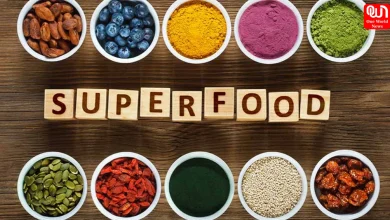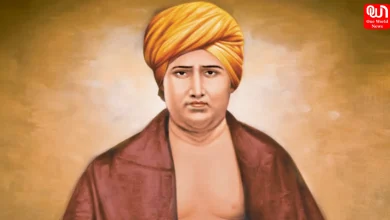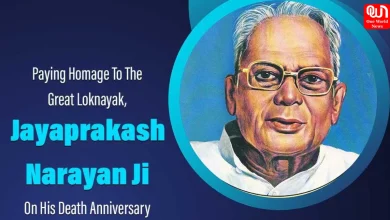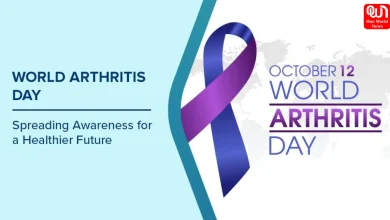Understanding World Thrombosis Day: Raising Awareness About Blood Clots and Prevention
World Thrombosis Day focuses on educating people about blood clots, their risks, prevention, and promoting global awareness for better health outcomes.
Comprehensive Guide to World Thrombosis Day: Awareness, Prevention, and Life-Saving Tips
What is World Thrombosis Day
World Thrombosis Day is observed annually on October 13th to raise global awareness about thrombosis, a condition caused by blood clots forming in the veins or arteries. Blood clots can lead to serious health issues such as stroke, heart attack, and pulmonary embolism. The day was established to educate the public, patients, and healthcare providers about the risks, prevention, and early detection of thrombosis.
The Importance of World Thrombosis Day
Thrombosis remains one of the leading causes of preventable deaths worldwide. World Thrombosis Day plays a vital role in highlighting the often-overlooked dangers of blood clots. By focusing on education, it encourages individuals to understand their risk factors, recognize symptoms early, and seek timely medical intervention. Awareness campaigns help reduce mortality and improve overall public health.
Risk Factors for Thrombosis
Understanding who is at risk is crucial for prevention. Key risk factors include prolonged immobility, obesity, smoking, genetic predisposition, pregnancy, and certain medical conditions such as cancer or heart disease. Elderly individuals and those undergoing surgery are also at higher risk. World Thrombosis Day emphasizes identifying these risk factors and taking proactive measures to prevent blood clots.
Symptoms to Watch For
Recognizing the symptoms of thrombosis can save lives. Common signs include swelling, redness, warmth, or pain in the affected limb, sudden shortness of breath, chest pain, and persistent headaches. Early detection is critical because untreated thrombosis can lead to life-threatening complications. World Thrombosis Day aims to educate people on how to spot these warning signs promptly.
REad more: Celebrating Compassion: World Hospice and Palliative Care Day Awareness
Prevention Strategies
Prevention is better than cure when it comes to thrombosis. Regular physical activity, maintaining a healthy weight, staying hydrated, avoiding prolonged sitting or standing, and following a balanced diet are effective preventive measures. Individuals at higher risk may also require medications or compression stockings. World Thrombosis Day promotes adopting these lifestyle changes to reduce the incidence of blood clots.
Global Awareness and Campaigns
World Thrombosis Day is marked by campaigns worldwide to educate communities. Hospitals, clinics, and organizations conduct seminars, workshops, and social media campaigns to spread knowledge about blood clot prevention. Collaboration with healthcare professionals ensures that accurate information reaches a wider audience, fostering a culture of health-conscious behavior.
Role of Healthcare Providers
Healthcare providers play a key role in the success of World Thrombosis Day. They guide patients in understanding their risks, recommend preventive measures, and provide treatment plans for those affected. By supporting awareness initiatives, doctors, nurses, and medical staff help bridge the knowledge gap and reduce the global burden of thrombosis.
Read more: Rediscovering Gosht ka Halwa: The Forgotten Royal Dessert of Lucknow
How Individuals Can Participate
Everyone can contribute to World Thrombosis Day. Simple actions like sharing informative content on social media, attending awareness programs, and encouraging family and friends to stay active can make a difference. Participating in fundraising events and supporting research initiatives also helps advance public education and medical progress in thrombosis care.
Conclusion
World Thrombosis Day is more than a symbolic observance; it is a call to action for everyone to recognize the risks of blood clots and prioritize prevention. By raising awareness, promoting healthy lifestyles, and supporting healthcare initiatives, we can reduce the impact of thrombosis globally. Observing this day empowers individuals with the knowledge needed to protect themselves and others from potentially life-threatening complications.
We’re now on WhatsApp. Click to join.
Like this post?
Register at One World News to never miss out on videos, celeb interviews, and best reads.

